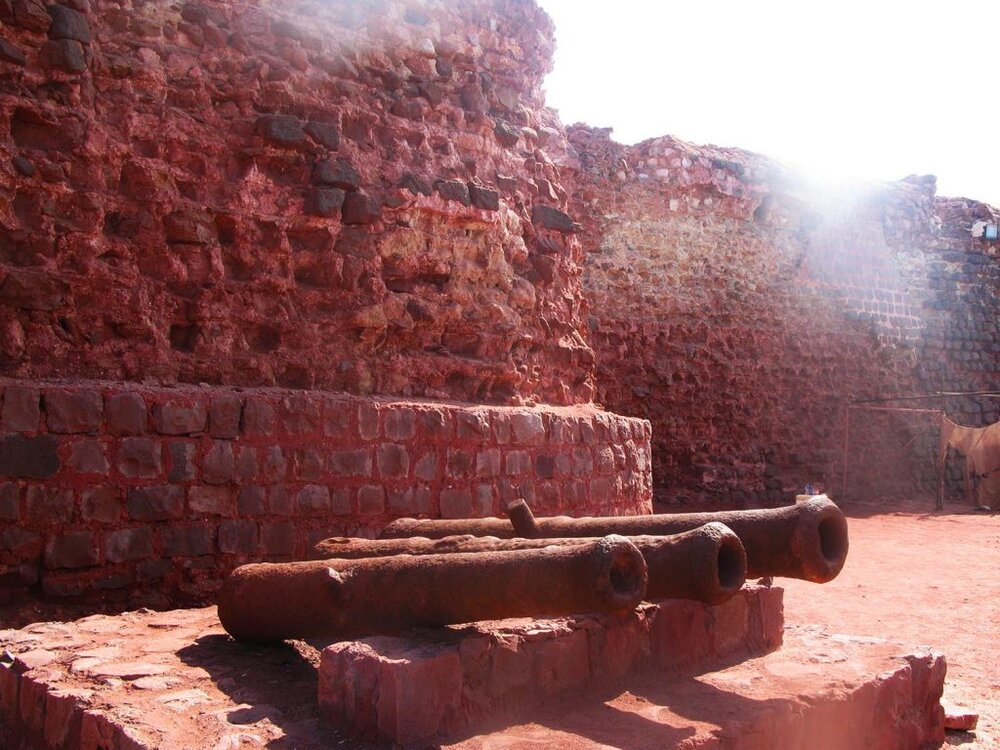Restoration of 16th-century Portuguese fort in Iran continues

TEHRAN – A fresh restoration work, which entails mapping survey, documentation, and masonry, has been commenced on the 16th-century Portuguese fort in the Persian Gulf island of Hormuz, southern Iran.
“Documenting, mapping, and preliminary studies and tests have been commenced to restore the northern side of the Portuguese fort on Hormuz Island,” Hormozgan province’s tourism chief Reza Boroumand said in a press conference on Saturday.
The latest restoration project on the ruined stronghold, which is one of the last surviving monuments of the colonial rule in the Persian Gulf, became controversial over the past couple of months, causing disapprovals from cultural heritage experts and devotees. The restoring project, however, was stopped last month by the Ministry of Cultural Heritage, Tourism, and Handicrafts for further technical investigation.
History of the castle goes down in time when Commander Afonso de Albuquerque ordered the construction of a fortress in 1507 after his troops capture the island in the early 16th century.
Made from reddish stones on a rocky promontory at the north end of the island, the stronghold was cut off from the rest of the island by a moat, traces of which still remain. It involves an arms depot, water reservoir, barrack, prison, church, command center, and central hall.
Muscular-looking walls, chambers, and archways as well as sets of rusting cannons in the courtyard still give the area a scenic beauty. In addition, the upper levels of the fort offer wonderful views of the island, its village, rugged mountains all surrounded by the blue waters of the Persian Gulf.
AFM/MG

Leave a Comment